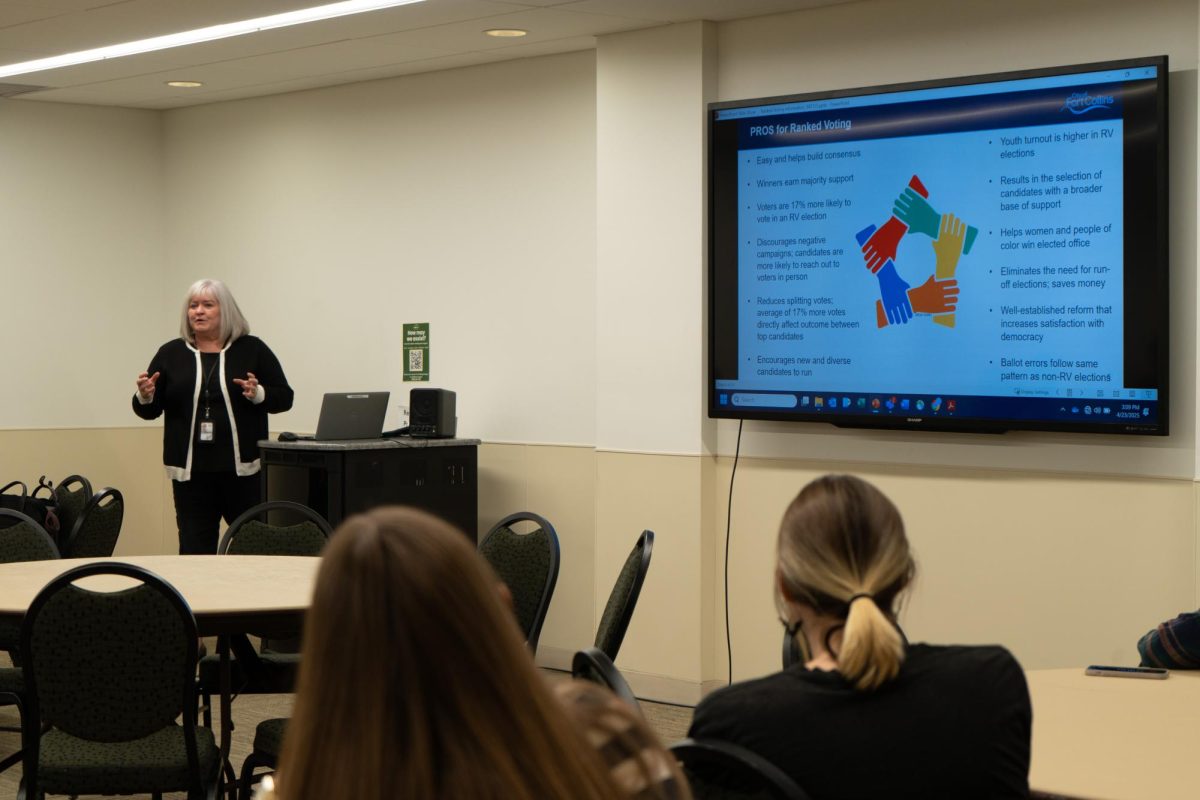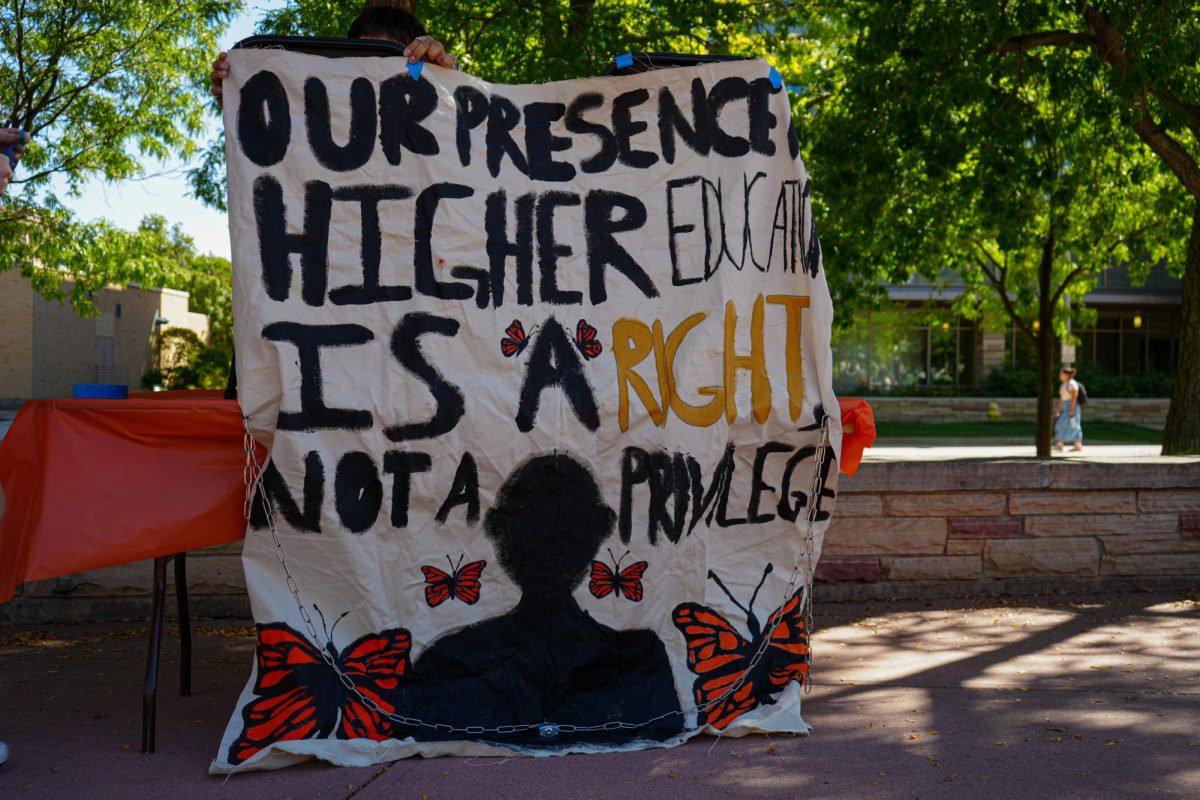Graduation rates are on a gradual rise, and retention rates of Colorado State University students are above the national average of 70.9 percent, with 85 percent of students make it past their freshman year according to CSU institutional research.Additionally, rates of academic probation have been declining.
“Retention means persistence from the freshman to sophomore year,” said Dr. Alan Lamborn, vice provost for undergraduate affairs. “We are tasked with an all-university plan to increase persistence to graduation and to reduce the attrition rates of historically underrepresented groups.”
In 2015, freshman enrollment rates at CSU hit an all-time high with 4,737, an increase of nearly 9 percent from 2014. Not only was this the largest incoming class on record, but it was also the most racially and ethnically diverse.
“Students are responsible for their own success, but institutions have the other piece of the puzzle,” said Dr. Paul Thayer, associate vice president for student success.
Lamborn said there was a discrepancy between enrollment and retention rates.
“Rapid increases in the ability to get people into college wasn’t translating into increases in the ability to get people to complete college,” Lamborn said. “Efficiency to graduation has also increased, and this presents an opportunity to get a lot more people graduated more expeditiously.”
The above average trend also reflects in the undergrad graduation rate, with 65.2 percent of students graduating in three to six years.
Lamborn and Thayer agreed that students who are first generation degree-seekers who come from less financially secure families and are of minority populations traditionally are at a disadvantage when it comes to earning a degree.
“The number of ways that life can get in the way if you’re still hanging around for five or six years is greater for people whose safety net at home isn’t so strong,” Lamborn said.
University exit surveys show that reasons for student drop out range between academic, financial or personal. Regarding financial reasons, Lamborn said every student makes many calculations about their current situation as well as the perceived benefit of his or her education.
Thayer said students need to find a purpose, connection and engagement within the institution to fully receive the benefit of education.
The 2015 CSU enrollment was 32,236. A total of 27,566 were on-campus students, while the remainder are a mix of online programs, study abroad or University employees.
CSU institutional research said CSU Board of Governors expects enrollment numbers to exceed 35,000 by 2020.
“What being college ready means is not being ready to succeed with no help on day one, but capable of finishing if the students, administration, faculty and staff work cohesively to change the student’s ability to be successful and change the University’s ability to support the student,” Lamborn said.
Collegian reporter Sam Aniello can be reached at news@collegian.com or on Twitter @SBAniello.







